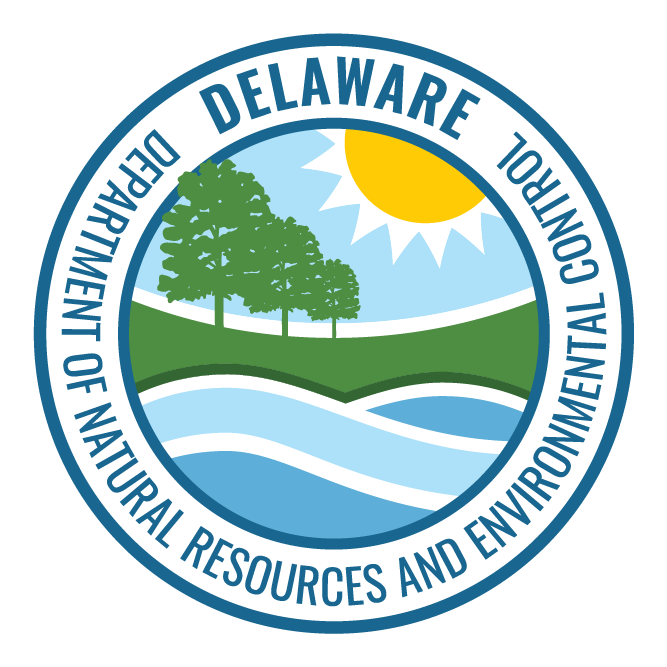Pages Categorized With: "Assessment"
Swimming Advisory Caution
The DNREC Recreational Water Program monitors bacterial water quality at established sampling sites throughout the state from May through September. If bacterial sampling results exceed state standards, DNREC issues swimming advisories for Atlantic Ocean beaches, as well as for Delaware Bay beaches south of and including Lewes Beach and for Lake Como in Smyrna.Indian River Near Millsboro Beneficial Use Dredging Project
Work is set to begin in the summer of 2024 on dredging the navigational channel along the Indian River, near Millsboro. The material dredged from the channel will be used in a marsh enhancement project to restore a local wetland area.Contact Us
Wetland Assessment Map
The Wetland Monitoring and Assessment program publishes wetland health assessments of the health of Delaware’s wetlands at a watershed level. The map below provides basic information about the health of the wetlands in Delaware watersheds for which assessments are complete. Watersheds are shown in colors reflecting the overall health of the wetlandsVibrio Control Plans
Vibrio is a naturally occurring bacteria present in high levels in seawater when temperatures are warm. It can cause serious illness in humans. The National Shellfish Sanitation Program requires Delaware to implement plans to reduce the risk of Vibrio illnesses from oysters harvested in Delaware. Vibrio — Vibrio parahaemolyticus (V.p.) — canBlue-Green Algae in Delaware
Blue-green algae blooms occur each year on Delaware ponds, lakes and some tidal freshwater areas. Because they can have harmful effects on people and animals, the state has posted warning signs at water bodies which historically have had blooms.Contact Us
Brandywine Watershed Wetland Assessment
The Brandywine watershed is located within New Castle County, where it encompasses 72,969 acres of land. This is the northernmost watershed in Delaware and is part of the Piedmont region. Though most of the Brandywine watershed is developed, this area contains Category One wetlands, which are unique and ecologically significant freshwater areas.Watershed Plans and Strategies
Numerous documents describing plans or strategies for water quality and watershed improvements have been developed over the years. Some of these efforts originated through the Tributary Action Team process while others came through other initiatives. All of the documents below can be considered watershed management plans for the Water Quality Improvement Projects grant programPollution Control Strategies and Tributary Action Teams
A 1997 federal court case required Delaware to set pollution limits for its waterways. These limits are called Total Maximum Daily Loads or TMDLs, a term you will hear a lot in water pollution discussions. In order to meet these new pollution limits, we are identifying ways to reduce water pollution. Usually, citizens don’tTotal Maximum Daily Loads
When monitoring reveals that waterways do not meet Delaware’s water quality standards, they are reported on a list of impaired waterways (303(d) List). For each impaired waterway, the Federal Clean Water Act (CWA) requires states to develop Total Maximum Daily Loads (TMDLs) for the pollutants of concern. A TMDL sets a limit on the amountIntegrated Report: 305(b) Report and 303(d) List
Section 305(b) of the Federal Clean Water Act requires that states and other entities prepare and submit Watershed Assessment Reports to the US EPA on April 1 of every even-numbered year.Contact Us
Watershed Assessment and Managment Section 302-739-9939
You Can Help Protect Delaware’s Waterways
There are always things that you can do in your everyday life, no matter where you live, to help protect the waterways that serve as our drinking water sources, habitat for wildlife, and places of recreation. Maintain a Healthy Lawn and Garden A healthy lawn and garden makes a home moreWatershed Assessment and Management
The Watershed Assessment and Management Section oversees the health of the state’s surface water resources and takes actions to protect and improve water quality for aquatic life and human use.Contact Us
Michael Bott 302-739-9939
Whole Basin Management
Beginning in the 1990s, the Department of Natural Resources and Environmental Control (DNREC) took a different approach to assessing, managing, and protecting Delaware’s natural resources. This approach, known as Whole Basin Management, encouraged the various programs throughout DNREC to work in an integrated manner to assess different geographic areas of the state defined on theProtecting Our Waterways
There are many things each of us can do to help reduce nutrient and sediment pollution entering Delaware’s waterways. Our efforts will not only help protect the environment, but in many cases, when you lend a hand to protect our waterways, you will also find that you’re adding beauty to your yard, saving energy,Water Quality Monitoring
Delaware’s bays, ponds, streams, and rivers are monitored on a regular basis to assess the quality of Delaware’s surface waters. Much of the monitoring is done by DNREC, though other groups, including federal agencies, academic institutions, and citizen volunteer monitoring programs, also contribute to these efforts.Inland Bays Pollution Control Strategy
The Inland Bays Pollution Control Strategy (PCS) and accompanying regulations were finalized in Nov. 2008. This strategy is designed to improve the water quality of the bays (Rehoboth Bay, Indian River Bay, and Little Assawoman Bay), as well as the rivers, streams, and ponds that drain to the bays. ADVISORY: A legal challenge toSurface Water Quality Standards
The National Clean Water Act of 1972 set in place a program that is intended to restore the chemical, physical, and biological integrity of the nation’s waters. To reach these goals, a series of steps were mandated by Congress for the Environmental Protection Agency and the individual States to take. The first step was forShellfish Plant Inspections
Plant inspections of all shellfish shippers and processors are conducted routinely by certified Shellfish Program staff to ensure compliance with national food safety regulations and those specific to the shellfish industry.Contact Us
Promoting Shellfish Safety
To ensure the safety of Delaware’s shellfish growing areas, it is important that residents and visitors help maintain good water quality and limit pollution while recreating in or near shellfish growing areas.Contact Us
Andrew Bell Environmental Scientist 302-739-9939




